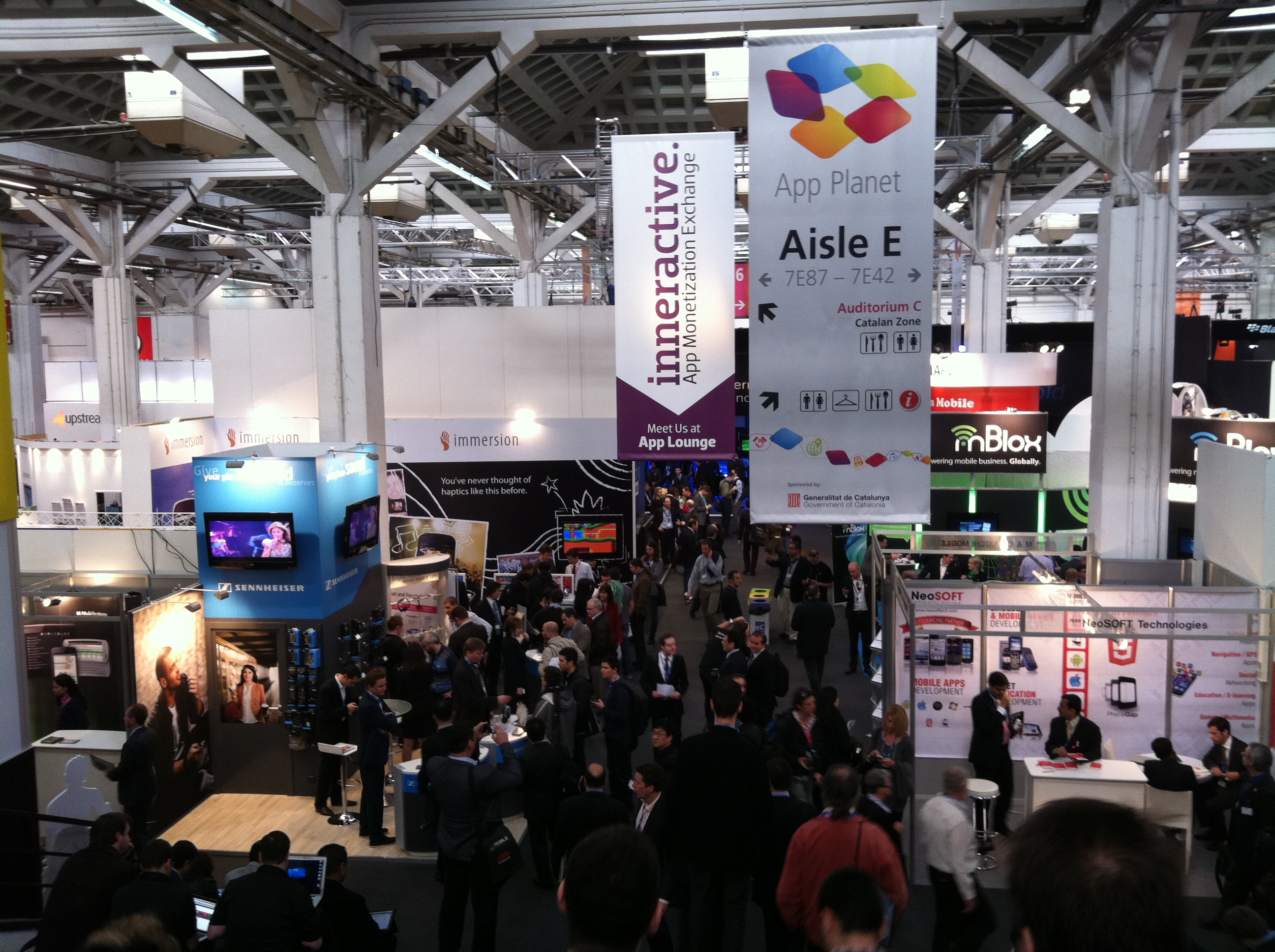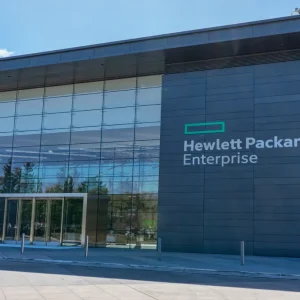
Mobile World Congress 2017, the conference where the future of the mobility world is on display. But while Samsung, Huawei and the likes are the top companies there in many of the attendees’ books, it is the enterprise IT tech companies that are pushing out a large array of news.
Because the show is such a beast to keep track of, with so much going on, it’s difficult to keep track of what everyone is doing.
To make your life a little easier, CBR has put together a list of some of the biggest and most interesting stories coming out of MWC 2017 that you may have missed.
READ MORE: Mobile World Congress 2017: Battle lines are being drawn as telcos bet on 5G
SAP and Apple
We already know that Apple and SAP have been cosying up to each other but MWC was an opportunity for SAP to reveal a few more details about what’s going to be produced.
According to the German software and now cloud company, the partnership will create a toolset that will help developers to build “enterprise grade” apps for iOS.
It’s to be called the SAP Cloud Platform SDK for iOS and it’ll use Apple’s programming language Swift. The product will provide developers with pre-built UI components and it’ll provide each access to iPhone features such as Touch ID, location services and more.
The good news for developers is that SAP’s Academy for iOS is going to be open to those that want training and to attend workshops that’ll give them all the info they need before building apps with the SDK.
Cisco
Cisco’s not exactly had a quiet show over the past couple of days, so it’s no real surprise that they’d have more to show us.
The company, along with Ericsson, are to transform the core IP network of Korek Telecom. The two of them will work together to deploy new IP core network sites and optimise the existing ones by deploying integrated solutions that are based on both Ericsson’s services and Cisco ASR 9000 routers.
Cisco also revealed Layered Services Architecture (LSA), which is an addition to the Cisco Network Services Orchestrator that’s enabled by Tail-f.
The purpose is to help support the next level of devices in their networks and their increasing amounts of mobile data traffic.
According to the company the NSO, combined with the LSA addition will help service providers to manage over one million devices in their networks.
READ MORE: Cisco CEO Chuck Robbins: SDN won’t be the death of hardware
HPE & Tata Communications
The two companies are set to build what they are calling the largest long-range LoRa network for the Internet of Things in India.
LoRA is a long range, low power wireless platform that is one of the popular choices for building IoT networks.
As part of the deal, Tata will implement HPE’s Universal IoT Platform to assist with the interoperability of IoT devices and applications.
The big thing about this deal is that it’ll be India’s first LoRa network and it’s hoped that it will provide IoT services to around 400 million people across 2,000 communities.
If people were looking for IoT examples at scale then this is certainly one.
The plans for the LoRA network were unveiled last year but now it’s really starting to add some meat to the bones as it advances its long-term strategy of creating mobile platforms and ecosystems that help connect people to IoT-connected devices.
Software Defined Network API Standards
AT&T, Orange and Colt Technology Services are working together with MEF and TM Forum to release a set of standard application programming interfaces for orchestrated Carrier Ethernet services.
Using the MEF’s Lifecycle Service Orchestration framework and TM Forum’s Open API framework, the point of this is so that service providers can use a standardised API to work with each other’s SDN architectures.
What this means is that in the future our networks could be a lot more interconnected, and there could be a lot more on-demand services. All of which should be good for customers because it should help to reduce inefficiencies that occur when trying to provide an end-to-end service.
Huawei & Vodafone
This one might have slipped under the radar of many, it’s a deal that sees Huawei & Vodafone taking a shot at using cellular technology to connect cars to each other, people, and to roadside infrastructure.
Done with the support of Audi, the idea is to improve safety and the driving experience.
It relies upon tech called ‘Cellular V2X’ and was being showcased at the Future Connected Car experience at MWC.
It allows for the connected car to see a video feed from the car in front, giving it more visibility regarding upcoming traffic conditions. There’s also a traffic light warning system, giving the driver more time to slow down. Pedestrian warning relies upon mobile connectivity to alert vehicles to a pedestrian cross the road ahead, even before they are visible.
There’s also an algorithm that will determine if there is a risk from other connected vehicles suddenly braking or changing lanes.







